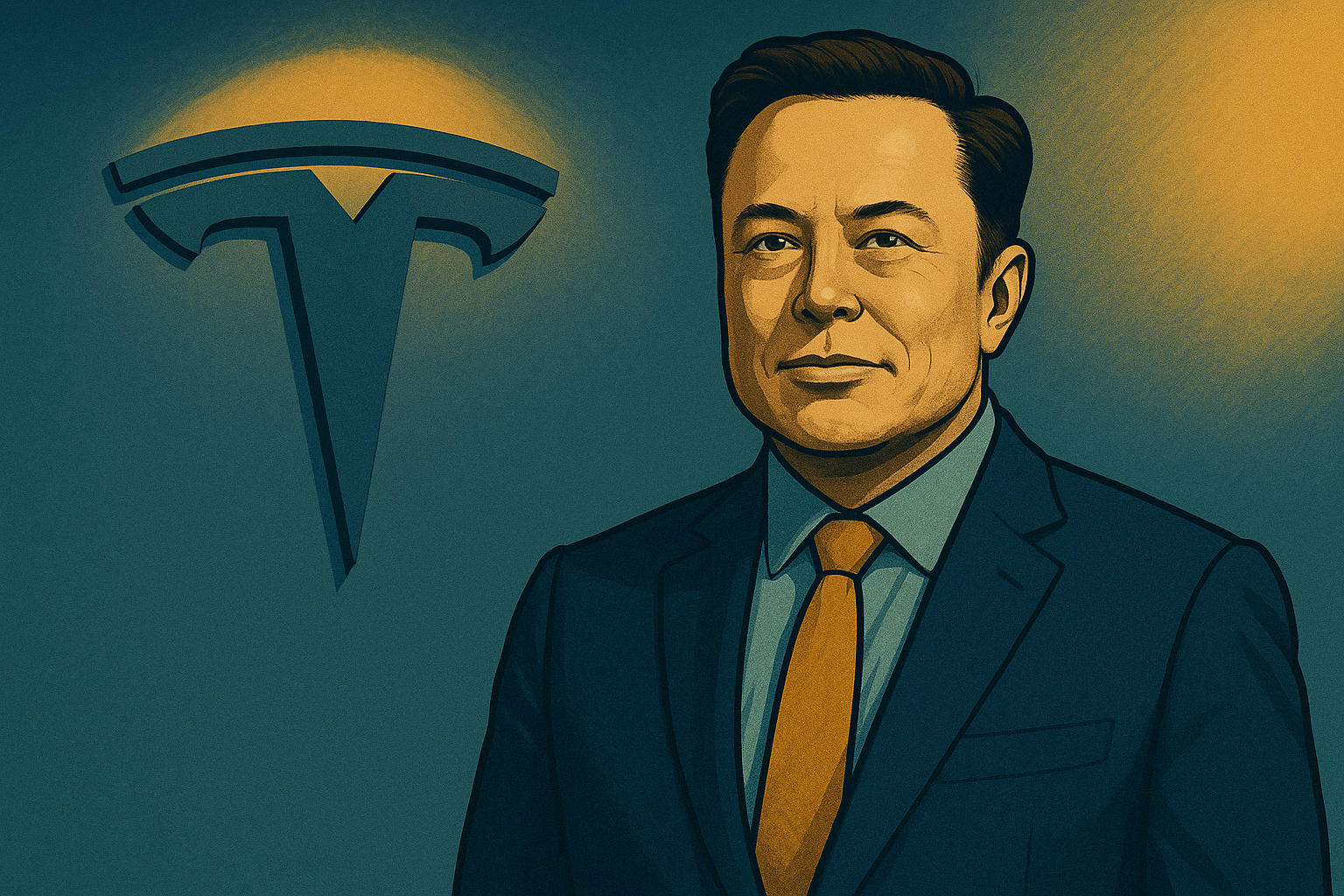Infravision, a startup focused on grid technology, has announced the successful raising of $91 million in a Series B funding round. The funds will be used to accelerate the deployment of its aerial robotics-based solution designed for power grid construction and maintenance.
Founded in 2018 by robotics engineer Cameron Van Der Berg and military veteran Chris Cox, the Texas-based company offers technology aimed at streamlining large-scale grid construction. Infravision has completed over 40 major projects across four countries, with Van Der Berg leading product innovation and deployment strategy.
The latest version of Infravision’s system is tailored for truck-based daily use, reducing reliance on helicopters, cutting outage times, enhancing emergency response, and minimising community disruption. Van Der Berg highlighted that their aerial robotics system has been tested on some of the largest and most complex power line projects globally, including Powerlink Genex in Australia and emergency response operations with PG&E in California. He stated that this investment would help them scale to provide a faster, safer, and more cost-effective solution to meet the increasing electricity demand as the world aims to double grid infrastructure by 2040.
The funding will specifically support the roll-out of Infravision’s TX System, an integrated solution that combines drones, intelligent ground equipment, and stringing hardware. The company claims this will enable utilities and contractors to build transmission lines more efficiently. Infravision also intends to use the capital to expand its presence in North America, scale U.S. manufacturing, and hire engineering talent by collaborating with utilities, developers, and contractors to support transmission build-out amid the rising demand for reliable energy infrastructure.
The funding round was led by Singapore’s sovereign wealth fund GIC, with participation from Activate Capital and Hitachi Ventures, alongside existing investor Energy Impact Partners. Swap Shah, Partner at Energy Impact Partners, emphasised the importance of reliable, modern transmission infrastructure in the global energy transition. He remarked that Infravision addresses one of the toughest challenges in this process—scaling grid buildout safely, affordably, and at the necessary pace to meet electrification, AI, and industrial growth. Shah expressed pride in continuing to support the team as they expand in North America and beyond.




You must be logged in to post a comment.